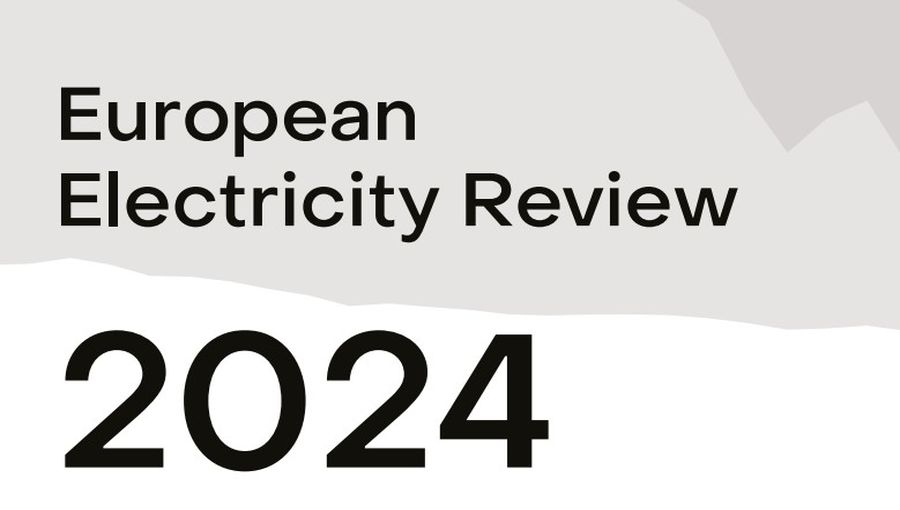In 2023, the European Union’s electricity sector underwent a significant transformation, marked by a record 19% drop in fossil fuel generation, reducing its share to less than a third of the EU’s electricity mix for the first time. Coal generation fell by 26% to its lowest level ever at 333 TWh, while gas generation decreased by 15%, marking its fourth consecutive year of decline. This shift was accompanied by a record 19% reduction in power sector CO2 emissions, driven by a surge in renewable energy, particularly wind and solar, which together accounted for 27% of EU electricity and pushed the renewable share to a historic 44%.
Wind and solar power were the primary drivers of renewable growth, with wind generation increasing by 55 TWh and surpassing gas for the first time, while solar added 36 TWh and saw a record 56 GW of new capacity installed. Despite these achievements, the pace of deployment needs to accelerate to meet the EU’s ambitious REPowerEU target of 72% renewable electricity by 2030, requiring consistent yearly increases in wind and solar generation. Challenges such as long permitting times, grid congestion, and under-reporting of behind-the-meter solar generation highlight the need for enhanced system flexibility through improved grids, storage, and demand-side response.
Electricity demand in the EU fell by 3.4% in 2023, continuing a downward trend from 2021, driven by reduced industrial consumption, milder weather, and energy efficiency measures amid the energy crisis. However, with stabilizing energy prices and increasing electrification from heat pumps and electric vehicles, demand is expected to rise by 2-3% in 2024, marking the start of a new era of growing electricity needs. To sustain the rapid decline in fossil fuel use and meet climate goals, the EU must focus on scaling up renewable energy deployment and enhancing system infrastructure to support a wind- and solar-dominated power system.

